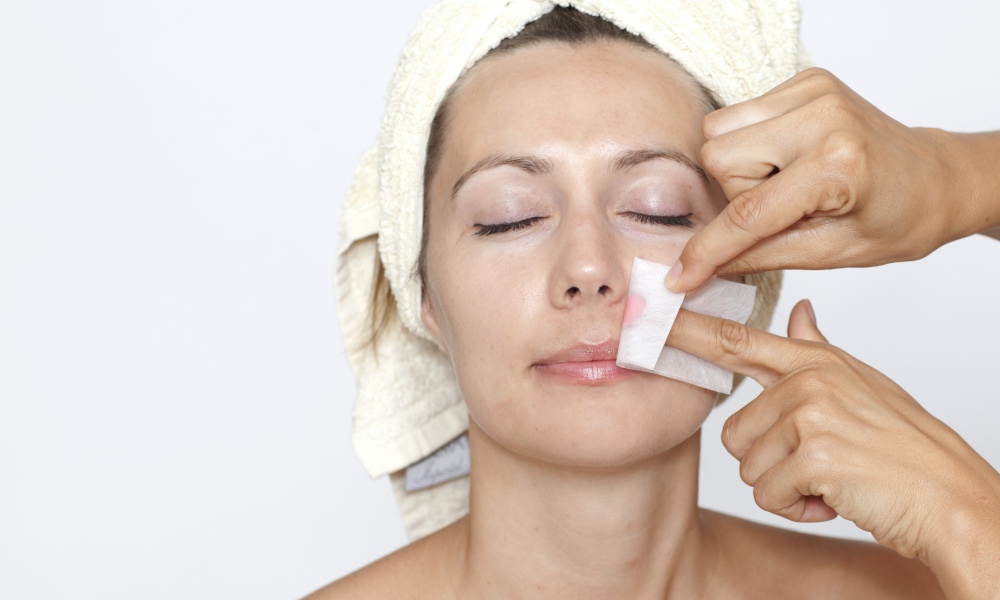
Wax treatments recently came under criticism when a member of the public suffered burns as a result of facial waxing.
Whilst an incident such as this is rare these days it should not happen and with a well-trained therapist, burns from waxing should never occur.
Sandy Fuhr, Public Relations Board member for CIDESCO International, explains that the CIDESCO training syllabus on waxing is very detailed – assuring clients that their CIDESCO therapist has learnt waxing techniques to a very high standard thus giving them the confidence that this will not happen, and that waxing treatments remain safe and as pleasant as possible for both parties.
“Those who are considering waxing as a method of hair removal should know about a number of factors before they have their treatment,” Sandy Fuhr says.
“Certain medications and skin factors can affect skin sensitivity and cause a reaction, a burn or even skin removal. Its imperative the therapist finds out if the client is suitable for waxing.
“The therapist needs to consult and evaluate the client’s skin type and assess whether waxing is the best hair removal technique for their client. Also to advise them of the necessary home care they require. If the client’s skin is showing signs of permanent diffuse redness, burns quickly in the sun i.e. a Type 1 to Type 3 skin, or experiences ‘break outs’ regularly, this is a sign of possible skin reactivity”.
In cases like these, Sandy recommends that “testing wax temperature and skin support at all times need to be taken even more seriously”.
CIDESCO does not recommend wax treatments if clients are taking medications which could affect skin thickness and photo sensitivity causing skin damage. The thinner the skin, the more chance of the skin reacting to hair removal by waxing.
However, it is imperative that the salon owner and Beauty Therapist take responsibility for their treatment at all times.
In all cases, Sandy stresses the importance that clients should always choose a therapist who is well qualified to perform waxing treatments.
- She emphasises that therapists should display their Diplomas or clients should ask to see these if they are not already on display.
- It is important to know your therapist’s qualification, a certificate in waxing does not necessarily mean your therapist understands skin types and the conditions that can make you more sensitive to waxing.
- Therapists who only have a certificate of understanding are not as qualified as those with a Diploma in Beauty Therapy.

“Waxing training should be taken as seriously as any other professional beauty treatment. Therapists must have a thorough knowledge of skin and client health issues. Those who are thoroughly trained are in great demand.”
cidesco.com, cidescoschools.com.au
Related Posts
- For Rosy Cheeks
Tribeca Skin Tonics Rose Quartz Facial Roller
- A For Effort
Vitamin A (retinol) is a powerful weapon in the skin renewal process for anti-ageing, but…
- For Mr Smooth
Shaving removes the topmost layers of the skin and if it's not well prepared, or…
- For Swan Necks
Skeyndor Natural Defence Throat Firming Cream to restore elasticity and youthfulness of the delicate throat…
- Nuts For Coconut
Lano Hand Cream Intense Coconutter
- Caring For Cancer Patients With Spa Treatments
Massage & spa treatments can do wonders during a painful and difficult time.





































